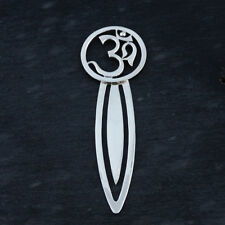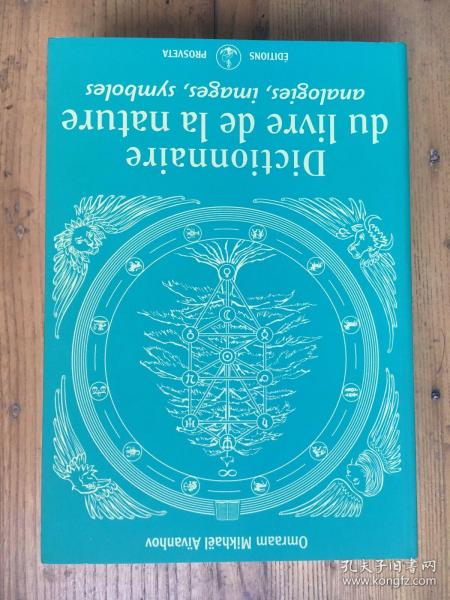
The Symbol Om in Hinduism: A Multidimensional Exploration
The Om symbol, often depicted as a three-part sound, is one of the most sacred and significant symbols in Hinduism. It is not just a religious icon but a representation of the universe and the essence of existence. In this article, we delve into the various dimensions of the Om symbol, exploring its significance, representation, and cultural impact.
Historical Significance

The Om symbol has been a part of Hinduism for centuries, with its origins dating back to ancient texts and scriptures. It is mentioned in the Rigveda, one of the oldest sacred texts of Hinduism, and is considered to be the primordial sound from which the universe was created. The symbol itself is believed to be a representation of the cosmic order and the interconnectedness of all things.
Symbolic Representation

The Om symbol is typically depicted as a three-part sound, “A-U-M,” which is believed to represent the creation, preservation, and destruction of the universe. The three parts of the symbol are often represented as follows:
| Part | Sound | Representation |
|---|---|---|
| A | Aaa | Creation |
| U | Preservation | |
| M | Destruction |
Additionally, the Om symbol is often represented as a triangle with a circle at the top, which is believed to represent the triangle of creation, preservation, and destruction, and the circle representing the eternal cycle of life and death.
Cultural Impact

The Om symbol has had a significant impact on Hindu culture and is used in various forms and contexts. It is often seen in temples, homes, and other religious spaces, and is used in rituals and ceremonies. The symbol is also used in art, music, and literature, and is considered to be a powerful tool for meditation and spiritual growth.
In addition to its religious significance, the Om symbol has also become a popular symbol in modern culture. It is often used in yoga studios, meditation centers, and other wellness-related spaces, and is considered to be a symbol of peace, harmony, and spiritual connection.
Practical Applications
The Om symbol is not just a religious icon but also a practical tool for spiritual growth. It is often used in meditation and yoga practices to focus the mind and create a sense of inner peace. The sound of Om is believed to have a calming effect on the mind and body, and is often used to center oneself and connect with the divine.
In addition to meditation, the Om symbol is also used in various other practices, such as mantra meditation, where the sound of Om is repeated to invoke certain energies and qualities. The symbol is also used in healing practices, where it is believed to have a powerful healing energy that can help to balance the body and mind.
Conclusion
The Om symbol is a multifaceted and powerful symbol in Hinduism, representing the essence of the universe and the interconnectedness of all things. Its significance extends beyond its religious and spiritual significance, as it is also used in various cultural and practical contexts. Whether used in meditation, yoga, or as a symbol of peace and harmony, the Om symbol continues to be a significant and influential part of Hindu culture and spirituality.





